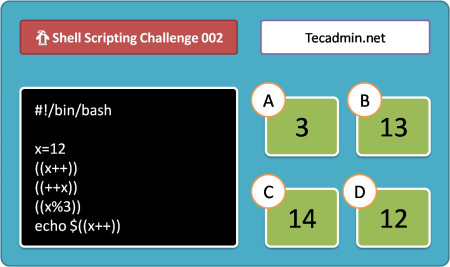Bash, or the Bourne Again SHell, is a Unix shell and command-line interface for operating systems. One of the many features it offers is the ability to perform arithmetic and comparison operations, such as the ‘-gt’ operator. This article aims to provide a comprehensive understanding of the ‘-gt’ operator in Bash, its use cases, and how to implement it in your Bash scripts.
What is the -gt Operator in Bash?
The ‘-gt’ operator in Bash is a comparison operator used to test whether one value is greater than another. It is an acronym for “greater than.” This operator allows you to compare two numeric values and returns a true (0) or false (1) result based on the comparison. In Bash, a true result is represented by an exit status of 0, while a false result is represented by an exit status of 1.
Syntax of the -gt Operator
The ‘-gt’ operator follows a simple syntax:
value1 -gt value2
In this syntax, value1 and value2 are numeric values or variables that hold numeric values. The operator will compare these two values and return true if value1 is greater than value2, and false otherwise.
Examples of Using the -gt Operator
Let’s look at some examples to better understand how the ‘-gt’ operator works in Bash:
1. Comparing two numbers directly:
#!/bin/bash
if [ 10 -gt 5 ]; then
echo "10 is greater than 5"
else
echo "10 is not greater than 5"
fi
This script will output “10 is greater than 5” because 10 is indeed greater than 5.
2. Comparing two variables:
#!/bin/bash
a=15
b=10
if [ $a -gt $b ]; then
echo "$a is greater than $b"
else
echo "$a is not greater than $b"
fi
This script will output “15 is greater than 10” since the value of a is greater than the value of b.
3. Using the ‘-gt’ operator in a loop:
#!/bin/bash
for i in {1..10}
do
if [ $i -gt 5 ]; then
echo "$i is greater than 5"
fi
done
This script will print out the following:
6 is greater than 5
7 is greater than 5
8 is greater than 5
9 is greater than 5
10 is greater than 5
Combining the -gt Operator with Other Operators
You can also use the ‘-gt’ operator with other arithmetic and comparison operators to create more complex conditions:
4. Combining with the ‘-lt’ (less than) operator:
#!/bin/bash
a=5
b=10
c=15
if [ $a -gt $b -a $b -lt $c ]; then
echo "Both conditions are true"
else
echo "Both conditions are not true"
fi
This script will output “Both conditions are not true” since the first condition is false.
5. Combining with the ‘-eq’ (equal to) operator:
#!/bin/bash
x=10
y=10
z=20
if [ $x -eq $y -a $y -gt $z ]; then
echo "Both conditions are true"
else
echo "Both conditions are not true"
fi
This script will output “Both conditions are not true” since the second condition is false.
Conclusion
The ‘-gt’ operator in Bash is a versatile and essential tool for comparing numeric values. It is easy to use, and its implementation in scripts can help make your code more efficient and understandable. With a firm grasp of the ‘-gt’ operator and its combinations with other operators, you can create complex conditions and logic in your Bash scripts. Start incorporating the ‘-gt’ operator in your scripts today and see the difference it can make.
